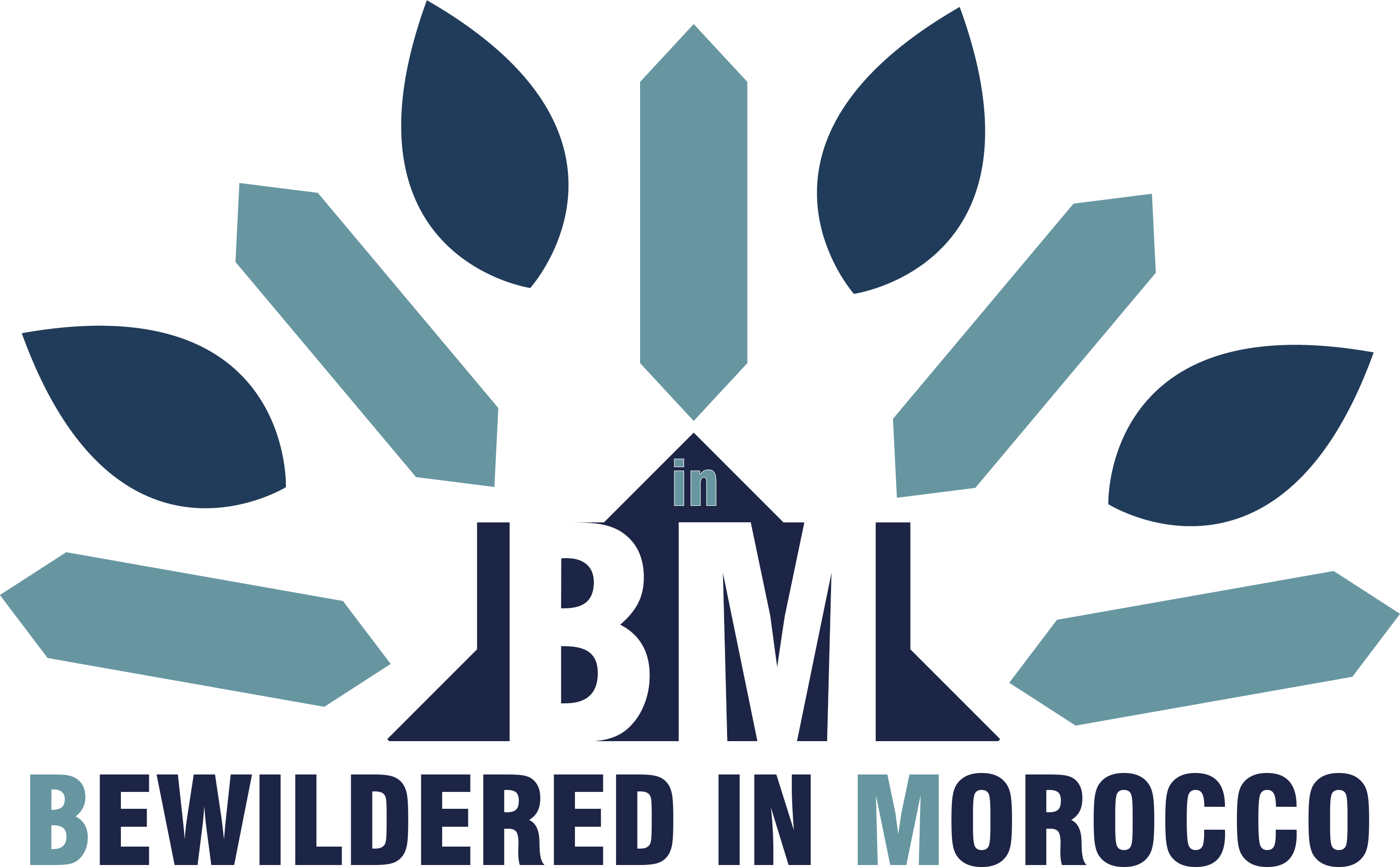Have you ever wondered what it takes to walk 250 kilometers through mountain passes with camels, goats, and nothing but the sky above you? The nomads of Djebel Saghro know this journey by heart. Twice a year, these remarkable people move their entire lives across the Moroccan Atlas Mountains, following ancient paths their ancestors walked for generations.
I want to take you on a journey into one of Morocco's most fascinating traditions—a world where mobile phones coexist with age-old customs, where bread is baked in stone ovens kilometers away from camp, and where the rhythm of life follows the grass, the seasons, and the needs of hundreds of animals.
Meeting the Last Nomads of Morocco
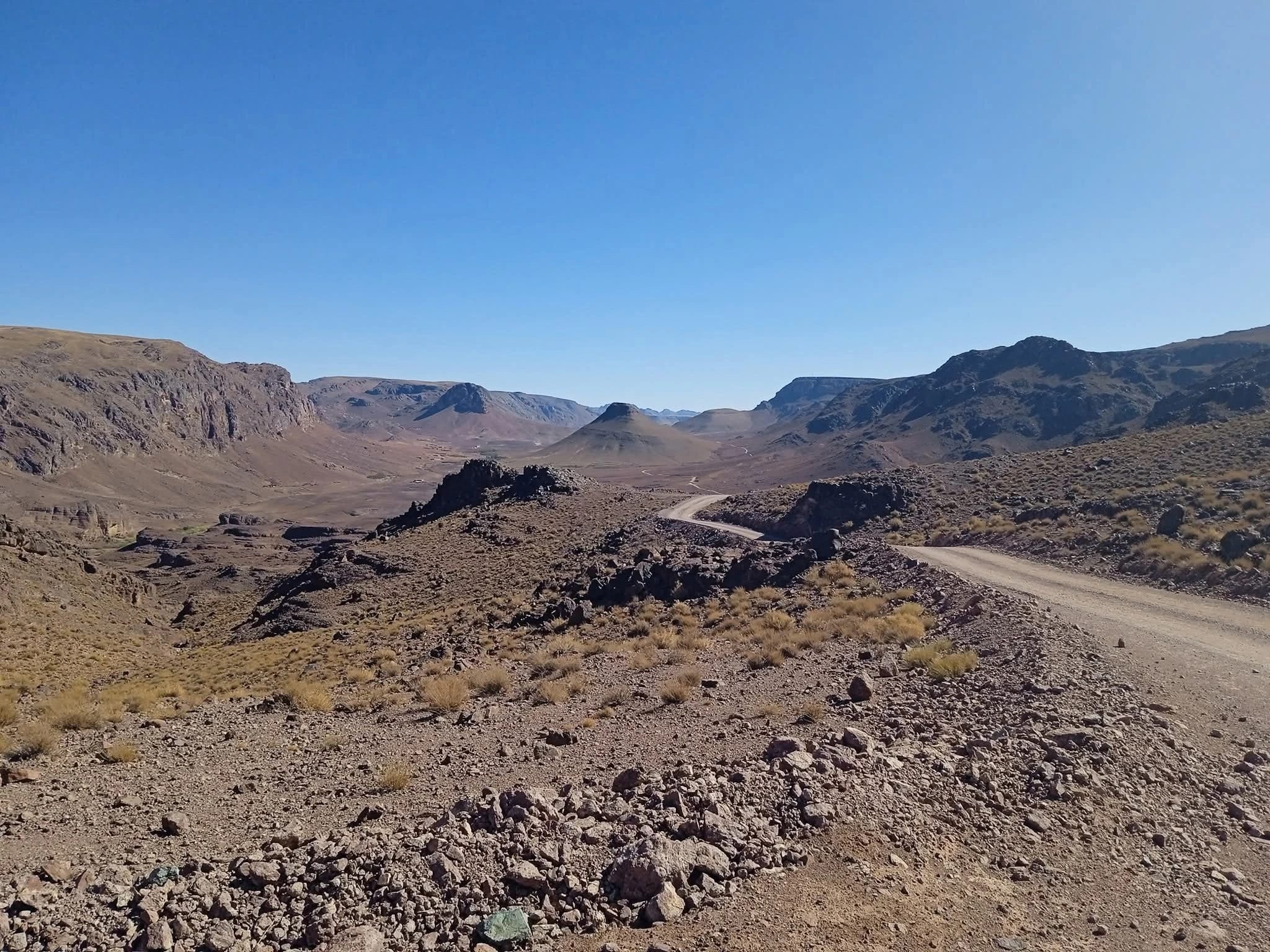
At 2,200 meters above sea level in the Moroccan Atlas, the Aït people represent something increasingly rare—a nomadic lifestyle that refuses to disappear completely. A few thousand individuals still practice transhumance, moving from south to north in spring to reach mountain pastures, then reversing the journey before winter snows arrive.
The Aït, whose name translates to "the people of the shepherds," have kept this tradition alive despite modernization creeping into every corner of Morocco. When I learned about their biannual migrations through the Djebel Saghro region, I knew this was a story worth understanding.
My guide into this world was Ali, a traveling tooth puller who knows these communities intimately. Ali moves from market to market, gravitating about 50 kilometers around his home, offering dental services the old-fashioned way—with pliers, cotton, and the occasional white lie about whether it will hurt.
Life at the Aït Boulis Market
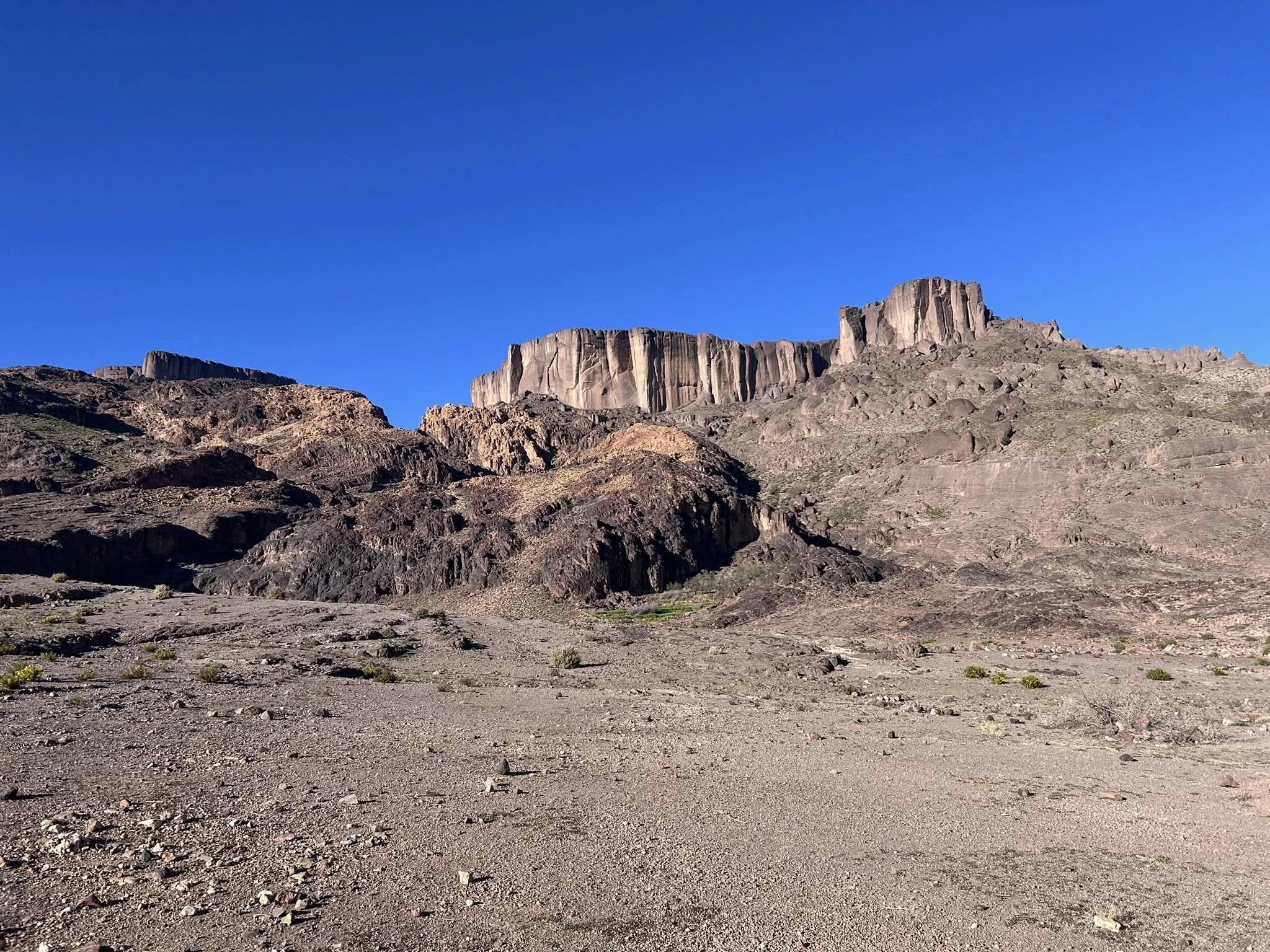
Markets in the Atlas Mountains pulse with a particular energy. At Aït Boulis (literally "the people of the shepherds"), men handle business while the surrounding valleys echo with Berber, the language of free people. Arabic takes a back seat here—this is Berber territory through and through.
Finding Ali at the market meant watching him work his trade. Over 28 years, he's extracted between 25,000 and 30,000 teeth, moving his "operating room" from one weekly market to another. There's a rhythm to his work: anesthetic for some patients while others wait their turn, then back to the beginning. The French expression "liar as a tooth puller" exists in Berber too—because every tooth puller promises it won't hurt, right before they yank.
Preparing for the Journey
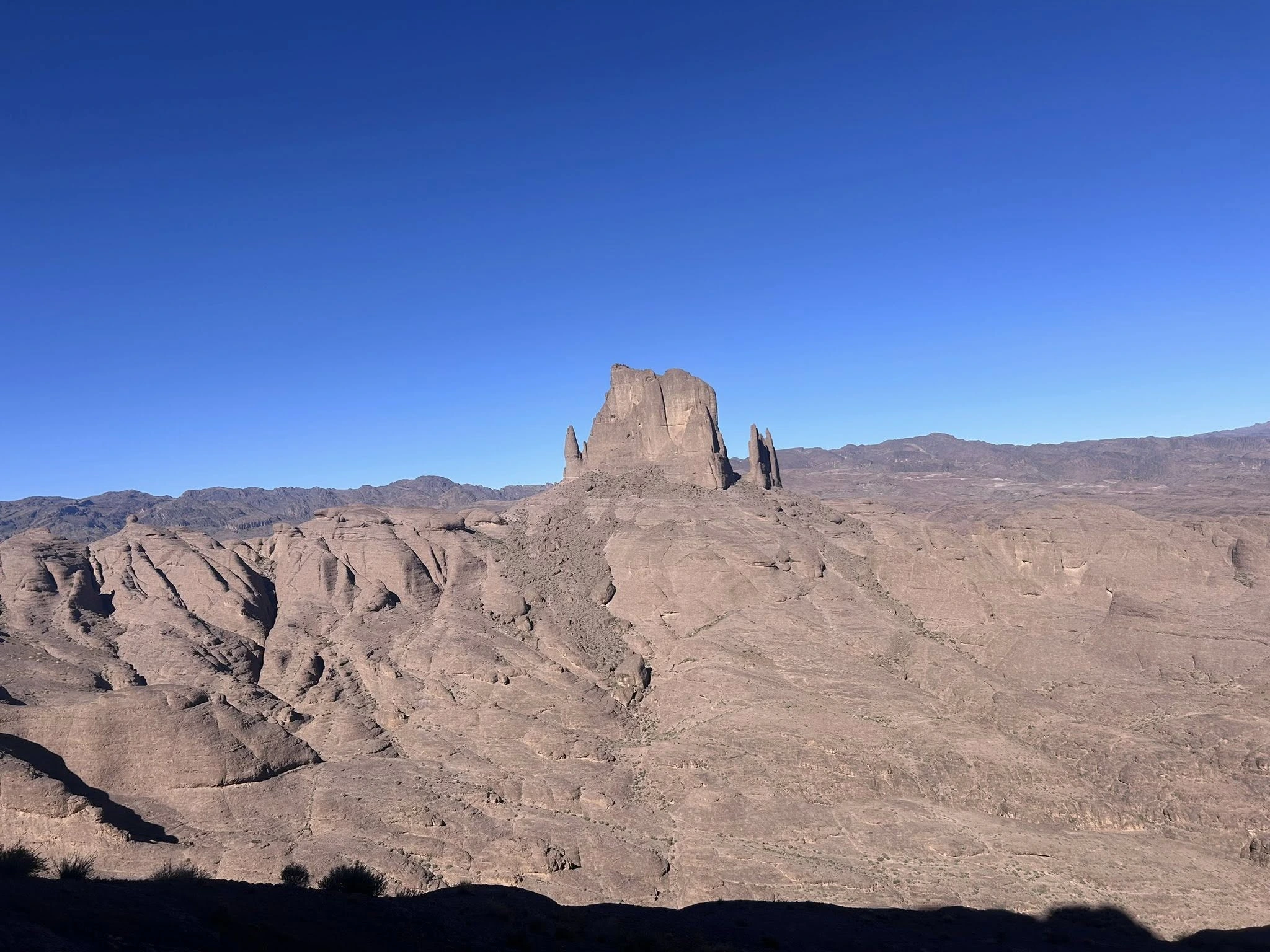
Through Ali, I met Aba Hadi, a 63-year-old nomad who agreed to let me join his family's transhumance. The camp included Aba Hadi himself, his wife Fatima, their son God, a grandson, and their daughter Khera. Together, they manage 300 sheep and goats, plus several camels that hadn't been loaded since May.
The night before departure, rain drummed on the tent. At 3 AM, everyone stirred. By early morning, the real work began—loading camels who weren't remotely happy about returning to work, packing the entire household onto animals' backs, and preparing for 13 days of walking.
Watching the family dismantle their lives into portable bundles showed me something important: nomadic doesn't mean simple. Every item has its place, every task its order. Khera, the daughter, could weave intricate ribbons—a process requiring cutting goat wool, washing it, spinning it, then weaving 50 to 100 threads together. A few meters of ribbon takes 10 days of work. Multiply that by all the tape needed for a tent, and you understand the investment in every aspect of nomadic life.
The Rhythm of Transhumance
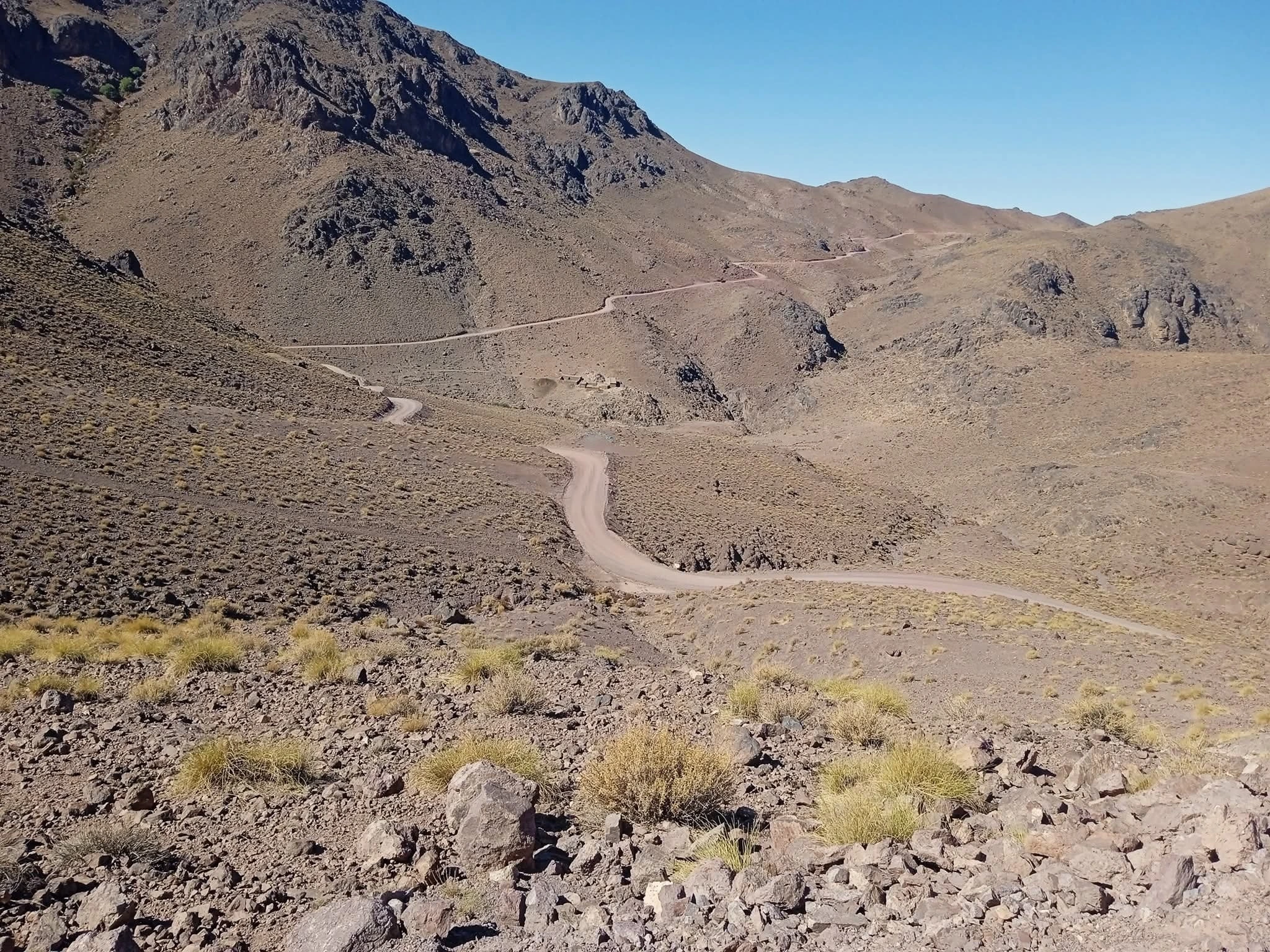
The journey covered 250 kilometers over 13 days—roughly 3 to 5 hours of walking daily, though some days stretched to 8 hours. The caravan followed tracks while the herd wandered through pastures, each group moving at its own pace but converging at day's end.
Walking with Aba Hadi and his flock meant constant movement. At 63, he moved with energy that would shame someone 20 years younger. The mountain demanded respect—passes reaching 3,200 meters tested everyone's endurance, human and animal alike.
Food came from creativity and opportunity. One day, Hamou (Aba Hadi's companion) spotted a squirrel and decided we needed fresh meat. After failed attempts with sticks, he used a plastic shoe filled with burning goat hair and bushes to smoke the animal out. The result? Meat that tasted remarkably like rabbit, proof that nomadic life requires adaptability above all else.
Daily Life on the Trail
Each evening brought the same essential tasks. Khera milked the goats—work that left her hands rough and damaged. Women prepared bread by hand, a process starting with fetching wood from kilometers away, making dough, waiting two hours for it to rise, then baking in stone ovens heated with gathered fuel.
The bread we made together, with flour kneaded until our arms ached, became the best I'd ever tasted. Khera explained it simply: "It's difficult for those who aren't used to it, but I'm used to it."
Water collection fell to Khera too. While I simply turn a tap at home, she walked considerable distances to fill containers from springs—sometimes cloudy springs where dogs had washed, but water nonetheless. She admitted the constant orders tired her: "Do this, do this, until I get tired of it. I would like us all to be able to help each other."
Technology Meets Tradition
Modern tools have entered nomadic life in unexpected ways. Mobile phones, when network coverage permits, help families stay connected and share crucial information about grass locations—knowledge that directly impacts where herds move next. Khera, who can't read or write, calls family directly rather than texting.
Yet this technological toehold hasn't changed the fundamental hardship. Mohamed, Aba Hadi's son, lives in the city most of the year, coming only to help during transhumance. He's frank about his father's life: "It's a life of misery they have. I tell them to change careers, but they don't want to."
Arriving at the Desert Gates
After 13 days, dozens of kilometers, and countless passes, we reached the grass—those famous gates of the desert that motivated the entire journey. The camp that rose here would stand for weeks or even months, unlike the temporary shelters erected and dismantled nightly during travel.
Setting up took an hour. The tent, carefully maintained, represented home for the coming weeks. A goat from the herd became a feast celebrating arrival—a rare luxury during the journey itself.
But celebration mixed with goodbye. Mohamed and Hamou would soon leave for the city. For nomads, farewells matter little—they're just missed appointments, temporary separations in lives defined by constant movement.
Why Continue This Difficult Life?
I asked Aba Hadi directly: why continue? His answer revealed the heart of nomadic identity. For him, staying in one place would be "living in prison." Travel fills him with joy, keeps his mind well. He told me, "If there was grass and I could no longer travel, I would be unhappy."
This perspective contrasts sharply with his son's view and highlights the tension between generations. Mohamed sees poverty and sacrifice. Aba Hadi sees freedom and purpose. Both perspectives hold truth.
The tradition faces real threats. Khera dreams of marrying someone sedentary, tired of nomadic hardship. Younger generations drift toward cities. Economic pressures make settled life increasingly attractive. Yet families like Aba Hadi's persist, driven by something deeper than simple economics.
What This Journey Teaches Us
Spending time with the nomads of Djebel Saghro taught me that wealth takes many forms. Aba Hadi's 300 sheep represent his treasure, yes, but he's generous with those who approach in good faith. His real wealth lies in knowledge—reading mountains for grass, understanding animal behavior, knowing which valleys offer shelter.
The journey also revealed how much we've lost in our comfortable, sedentary lives. When did you last bake bread from scratch, knowing every ingredient's origin? When did you last navigate by landscape alone, without GPS? These skills matter in ways our modern world forgets.
Planning Your Experience
If you want to glimpse this disappearing world, the Djebel Saghro region offers opportunities. Markets like Aït Boulis happen weekly, providing windows into Berber culture. Hiring local guides who know nomadic families can arrange respectful visits during transhumance seasons—spring for the northward journey, late autumn for the southern return.
Remember that this is real life, not performance. Approach with humility, respect, and genuine interest in understanding rather than simply observing. Learn a few Berber words—"salam" (hello) opens doors everywhere in Morocco.
The Atlas Mountains surrounding Djebel Saghro offer stunning landscapes regardless of whether you encounter nomads. But if you're fortunate enough to share even a few hours with families like Aba Hadi's, you'll gain insight into human resilience, the meaning of home, and what we sacrifice—and gain—through our choices about how to live.
Have you ever experienced nomadic culture, in Morocco or elsewhere? What aspects of this traditional lifestyle intrigue or surprise you most? Share your thoughts in the comments below—I'd love to hear about your encounters with Morocco's incredible diversity of lifestyles and traditions.
